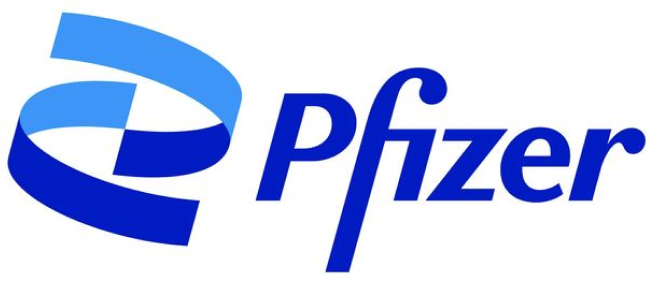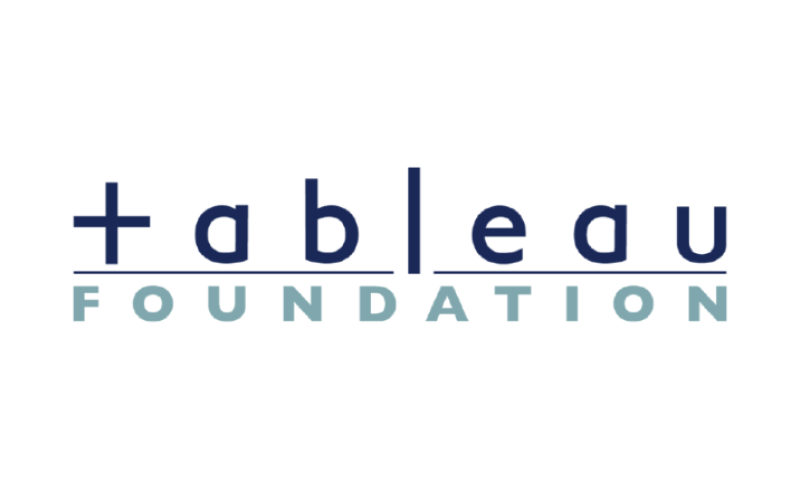
Tableau is a powerful data visualization and business intelligence tool that has revolutionized the way organizations approach and make decisions with data. Whether you’re a small business owner, data analyst, or a large corporation, Tableau makes it easy to understand and analyze complex data sets in an interactive and visually appealing way.
What’s Tableau?
Tableau is a data visualization and analytics platform that helps businesses gain further insights into their data. The platform has become a market-leading choice for business intelligence and insightful data management through interactive visualizations. The platform provides a vast amount of resources, both from Tableau itself and the community support.
The mission of the platform is to “build a better world with data”, leading to the creation of the Tableau Foundation, a charitable organization which facilitates the donation of the software to non-profits and NGOs, such as the World Food Programme.
One of the main selling points of Tableau is the ability to analyze data from almost any system or source, which makes it a versatile tool for businesses across any industry. The platform is designed to be easy to use, encouraging end users to quickly create visualizations and handle large datasets with ease.
How does Tableau work?
Tableau has a drag-and-drop interface that makes it simple for individuals and teams to analyze data from almost any source, even with no previous experience or technical skills. With Tableau, organizations can quickly create interactive visualizations and analyze large datasets.
Tableau is compatible with multiple languages and has mobile support, making it accessible to a wide range of users. The platform offers an additional array of resources, both from the company itself and its supportive community, to help organizations get the most out of it
However, it’s worth noting that while the free version of Tableau is great for small organizations, it may not be enough for larger enterprises. The enterprise edition of Tableau is expensive and has some limitations, such as limited customization options and no support for scheduling. Further, while Tableau is a powerful visualization tool, it doesn’t have much in the way of data preprocessing capabilities, so organizations may need to pair Tableau with other tools to fulfill their needs.
Tableau Foundation, the social impact arm of Tableau, is dedicated to empowering organizations and nonprofits to drive positive change in society. The charitable organization offers donations of Tableau Desktop to small nonprofits and NGOs and focuses on initiatives such as advancing racial justice, ending homelessness, and combating climate change, among others.
Features of Tableau
One of the standout features of Tableau is its ease of use. With drag-and-drop functionality built in, end users with little technical experience can quickly create interactive visualizations.
Tableau is equipped to handle vast datasets, providing the ability to create visualizations in order to observe patterns and trends in your data. The platform is also compatible with multiple languages and has mobile support, making it accessible from anywhere at any time.
It is important to note that Tableau is a visualization tool, not a processing tool, meaning it does not support scheduling and has limited customization options. Additionally, the cost for the enterprise edition can be quite high, making it a less viable option for some smaller organizations.
The advantages of Tableau
Tableau provides many benefits for businesses and organizations. It lets users to quickly create interactive visualizations and analyze data from various sources with ease. With a user-friendly interface and the ability to handle large datasets, even non-technical users can create meaningful visualizations. Tableau also supports multiple languages and mobile devices, making it accessible to a wider audience. Tableau even offers a free version, making it accessible to small nonprofits and NGOs globally.
Easy data visualization
The ability to quickly create interactive visualizations makes it simple for businesses to understand large amounts of data at a glance.
Data analysis
Data from almost any system or source can be analyzed through Tableau, allowing organizations to gain vital insights with ease.
User-friendly
Tableau makes it easy for both organizations and individuals to utilize its features. With a simple drag and drop functionality, even non-technical users can create meaningful visualizations.
Multilingual compatibility
Support for multiple languages allows users to interact with the software in their preferred language, making it accessible to a wider range of people and a more diverse target audience.lenti
Large dataset handling
Tableau is designed to handle large datasets, which is ideal for organizations with a lot of data to analyze and make sense of.
Mobile support
Users can access their data and visualizations on-the-go using their mobile devices.
Large community
Tableau has a large and active community, which provides users with resources and support. With over one million active community members from 500 user groups, businesses can easily find answers and connect with others who are using Tableau.
Free version
Tableau offers a free version, making it accessible to small nonprofits and NGOs around the world, who can request donations of the software to improve their business at no cost.
How organizations use Tableau
The focus of Tableau is on helping organizations and nonprofits that aim to drive positive impact on business operations and in society.
What sets Tableau apart is its ability to uncover meaningful insights from data. Leveraging its comprehensive analytics capabilities means users can delve into patterns, trends, and outliers, helping them make data-driven decisions. Tableau fosters a data-driven culture within organizations, encouraging both technical and non-technical users to interact with data and gain valuable insights. With Tableau, data becomes a powerful asset that fuels innovation, improves efficiency, and drives business success.
Tableau is a great choice for businesses looking to improve their data analysis processes. It’s user-friendly, with a drag-and-drop interface that makes it easy to use even for those without prior data analysis experience. Additionally, there are vast resources available, both from Tableau and the supportive community, allowing users to get the most out of the platform.
“Tableau is seen as a business change program, to change the culture and way of thinking about data and decision-making. As we worked through our journey and showed people how easy it was to get insights themselves, the real eureka moments came out. Now we can take a step back and support them in their own journeys rather than having to do everything centrally.”
TOM PERRY
Senior Director Data, Insights & Integration at Elsevier
Considering the limitations of Tableau
Tableau comes with some inherent and important limitations to consider. While these limitations may not be a major issue for some organizations, they should be carefully considered before deciding whether Tableau is the right tool for their needs.
Limited customization | Tableau does not offer a wide range of customization options for its users. Some advanced customizations can only be done through coding, which may not be suitable for non-technical users. |
No scheduling support | There are no built-in scheduling capabilities, meaning that reports and dashboards need to be manually updated every time data is changed or updated. |
Conditional formatting limitations | Limits of 16 columns are set for each table display in Tableau. While this may be sufficient for some organizations, more complex data displays may struggle with this. |
Static and single value parameters | Tableau’s parameters are static and need to be updated manually, which can be time-consuming. |
Limited data pre-processing | Primarily a visualization tool, Tableau does not offer advanced data pre-processing capabilities. This means that data may need to be cleaned and transformed outside of Tableau before it can be used. |
High cost for enterprise edition | The enterprise edition of Tableau is expensive and may not be suitable for smaller organizations with limited budgets. |
Limited support for some languages | Tableau only has limited support for some languages, which can be a disadvantage for organizations that need to work with data in multiple languages. |
“For us, self-service means that we become more efficient in day-to-day business and can see and understand our data without having to involve the IT department, for example.”
FABIAN SCHMICK
Senior Manager of Corporate Strategy at Lufthansa
Who uses Tableau?
Tableau is a popular tool among various organizations and businesses. Some of the notable companies that use Tableau include Lenovo, Honeywell, Lufthansa, Hello Fresh, and the World Food Programme (WFP).

Lufthansa reported an increase in efficiency by 30% and more flexibility and autonomy in their departments after deploying Tableau. Tom Perry, Senior Director of Data, Insights & Integration at Elsevier, saw Tableau as a change program that transformed the company’s culture and way of thinking about data.

Pfizer also implemented Tableau and allowed 25,000 users to collaborate with data using self-service analytics. Jay Mahanand, Chief Information Officer and Director of Technology at WFP, emphasizes that Tableau’s mission is not only about data, but also making connections with real people and addressing their needs.

With its focus on empowering organizations and nonprofits, Tableau Foundation has partnered with organizations such as the World Food Programme, Feeding America, Blue Ventures, and the International AIDS Vaccination Initiative. The Foundation’s Data Equity Hub offers insights and resources for anyone.
“Our mission isn’t just about data—it’s about making connections with real people. Data is our way of understanding what they need and how best to to address those needs. This is how we serve humanity.”
JAY MAHANAND
Chief Information Officer and Director of Technology at World Food Programme
